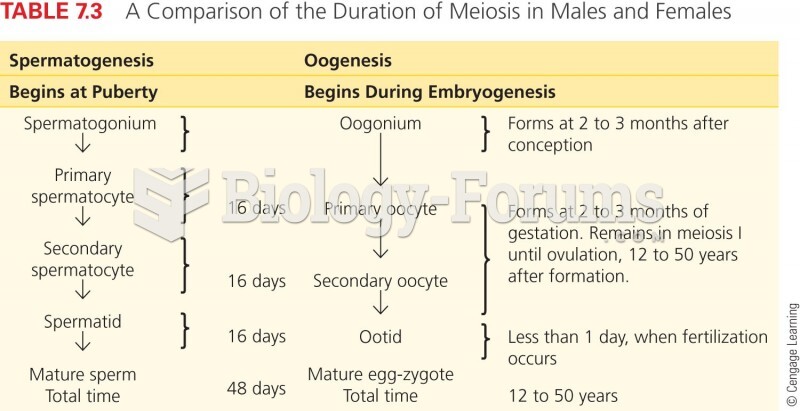Answer to Question 1
Considerable physical growth takes place during adolescence. Before the onset of puberty, adolescents attain about 84 percent of their adult height. During the adolescent growth spurt, females and males grow approximately six and eight inches in height, respectively. Because bone mass increases rapidly during adolescence, it is especially important for teens to consume adequate amounts of the nutrients that promote bone health, such as protein, vitamin D, calcium, and phosphorous. Changes in linear growth (height) are accompanied by changes in body weight during adolescence. Overall, females and males gain an average of 35 and 45 pounds, respectively. Changes in body composition differ considerably between females and males, however. Whereas females experience a decrease in percentage of lean mass and a relative increase in percentage of fat mass, males experience the opposite.
Answer to Question 2
The following six general guidelines regarding common childhood feeding problems can encourage healthy eating:
Avoid using food to control behavior: Most experts agree that using food as a reward or punishment is not a good idea. Although rewarding a child with treats may correct behaviors in the short term, it will likely create serious food issues down the road.
Model good eating habits: Studies show that if parents or siblings enjoy a particular food, a child will be more likely to enjoy it as well.
Be patient: Childhood food preferences do not always appear rational to adults. Children often judge foods as acceptable or unacceptable based on attributes such as color, texture, and appearance rather than on taste and nutritional value.
Introduce new foods: Making new foods familiar to children is an important first step in food acceptance. Allowing a child to help select and prepare a new food is an effective way to introduce an unfamiliar flavor.
Encourage nutritious snacking: Children need to eat smaller portions and eat more frequently than adults do because children have small stomachs.
Promote self-regulation. It is important that children learn to regulate their food intakes based on internal cues of hunger and satiety. For this reason, serving sizes need to be age appropriate, allowing children to ask for more if desired.
 Taking an interesting course can help keep your brain active. These seniors are taking a class in ...
Taking an interesting course can help keep your brain active. These seniors are taking a class in ...
 Stretch the hip in lateral flexion. Bring the knee toward the chest. Place one hand on the shoulder ...
Stretch the hip in lateral flexion. Bring the knee toward the chest. Place one hand on the shoulder ...
 Knead the calf muscles with both hands. Place the foot flat on the table, knee bent. Reach behind ...
Knead the calf muscles with both hands. Place the foot flat on the table, knee bent. Reach behind ...




